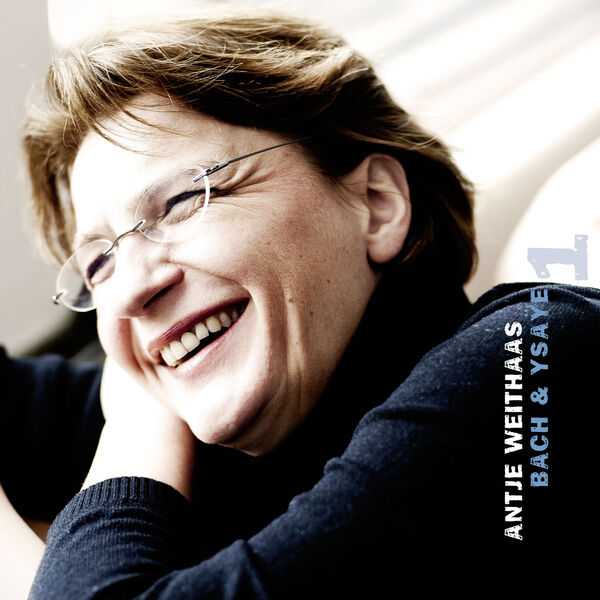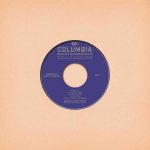

Composer: Johann Sebastian Bach, Eugene Ysaÿe
Performer: Antje Weithaas
Format: FLAC (tracks)
Label: Avi Music
Catalogue: AVI8553320
Release: 2014
Size: 715 MB
Recovery: +3%
Scan: yes
Bach: Sonata for solo violin No. 1 in G minor, BWV1001
01. I. Adagio
02. II. Fuga
03. III. Siciliana
04. IV. Presto
Ysaÿe: Sonate No.1 in G Minor
05. I. Grave – Lento assai
06. II. Fugato – Molto moderato
07. III. Allegretto – Poco scherzoso aimabile
08. IV. Finale con brio – Allegro fermo
Ysaÿe: Solo Violin Sonata No. 2 in A Minor, Op. 27 “Jacques Thibaud”
09. I. Obsession – Prelude – Poco vivace
10. II. Malinconia (Poco lento)
11. III. Sarabande “Danse des ombres”. Lento
12. IV. Les Furies – Allegro furioso
Bach: Partita for solo violin No. 2 in D minor, BWV1004
13. I. Allemanda
14. II. Corrente
15. III. Sarabanda
16. IV. Giga
17. V. Ciaconna
Antje Weithaas launches her trilogy of solo violin CDs with the first work in each cycle.
It was Antje Weithaas’s own idea to jointly record Johann Sebastian Bach’s six sonatas and partitas for solo violin in conjunction with Eugène Ysaÿe’s six solo violin sonatas. “The works by Bach are rather well-known”, she remarks. “But Ysaÿe is invariably shoved into the virtuoso corner, but as a composer he is to be taken quite seriously!”.
Eugène Ysaÿe‘s son remembers that his father started composing the solo violin sonatas when he heard Joseph Szigeti, a violinist younger than himself, play Bach in Brussels in 1923. Antje Weithaas sees many parallels with Bach’s Sonata No. 1 for Solo Violin, BWV 1001: “The works have similar structures.”
“Both composers wrote technically challenging pieces featuring double stops and ornamental figurations. Although there is no proof for such connections, I’m quite certain that Ysaÿe had them in mind.” The fugues, in each case, represent quite a challenge. Each composer demands double and multiple stops from an instrument normally designed to play one part at a time. “The notes are written directly on top of one another, as the composer must have imagined them in his head, but not in the way they are to be executed. Since the performance tradition has not survived, we can only make guesses.”



